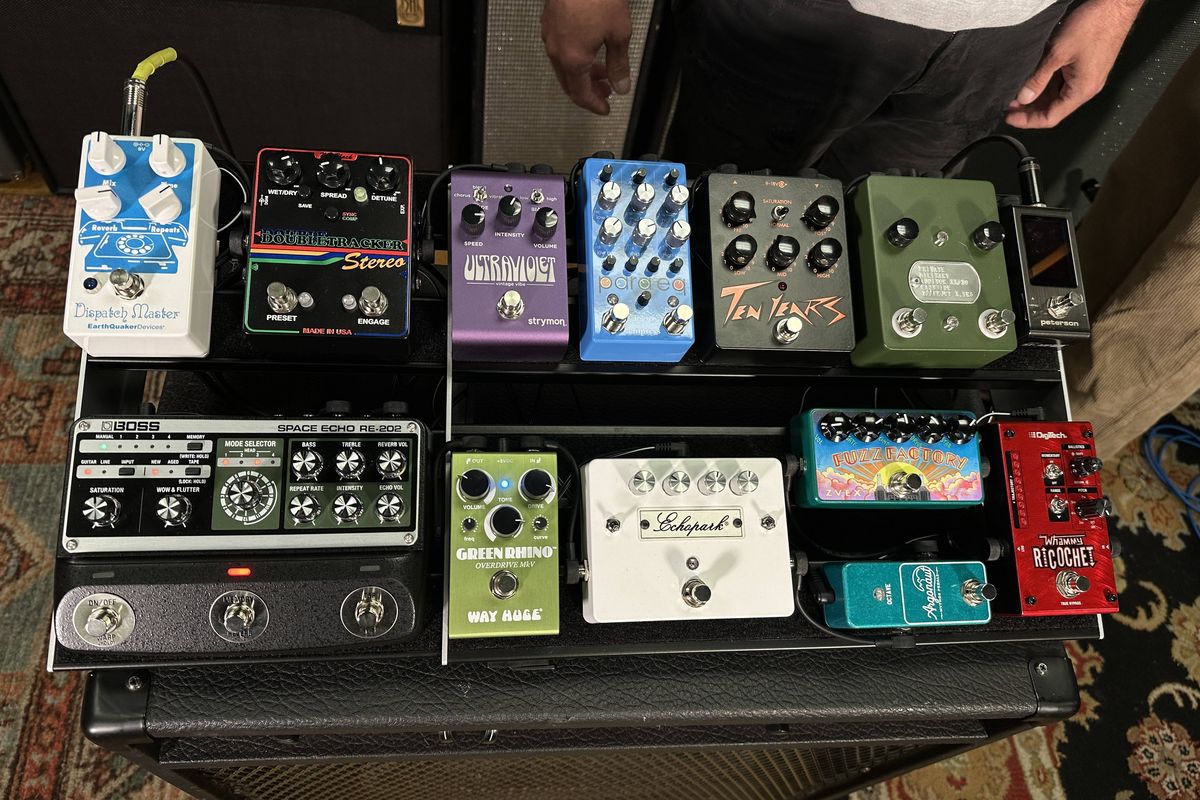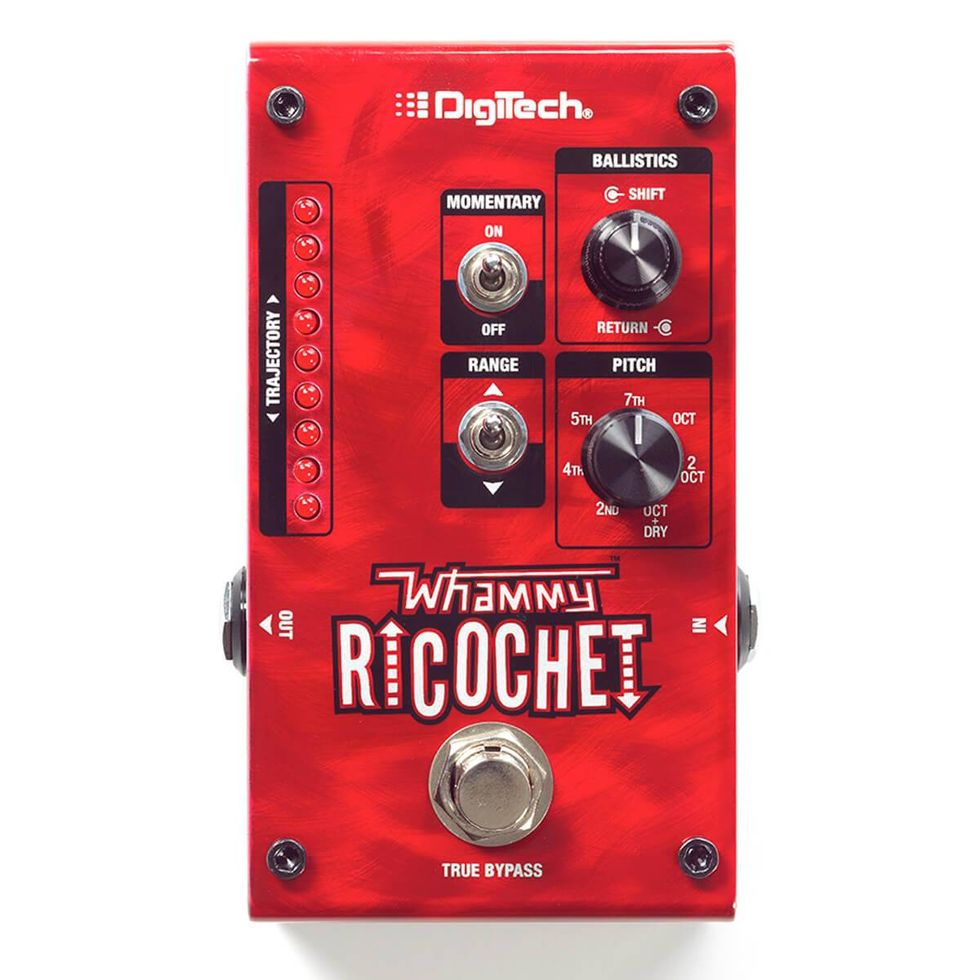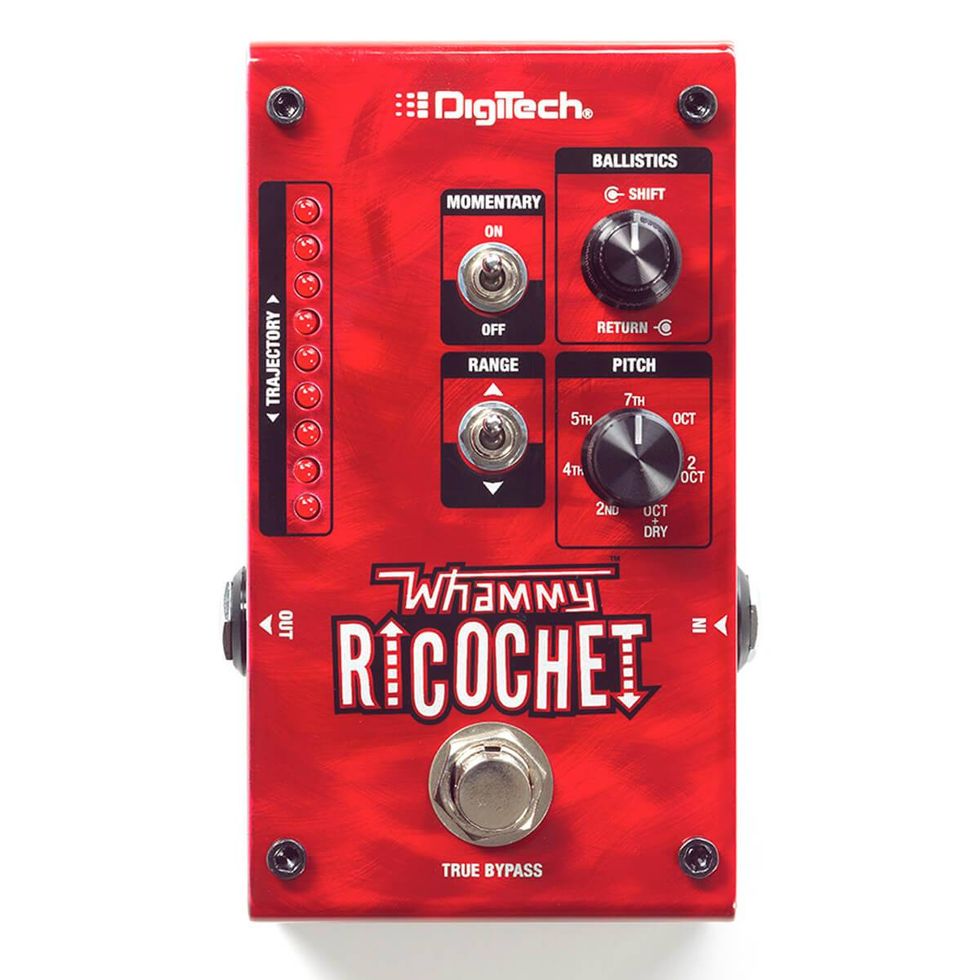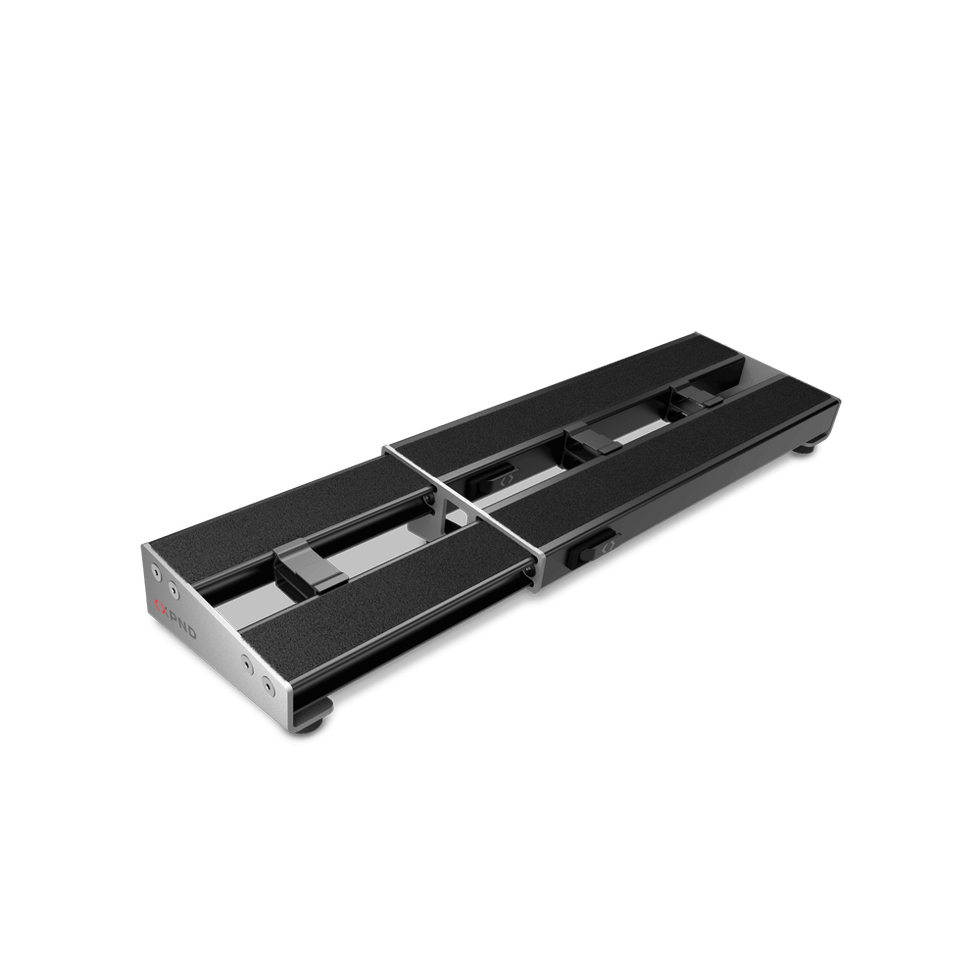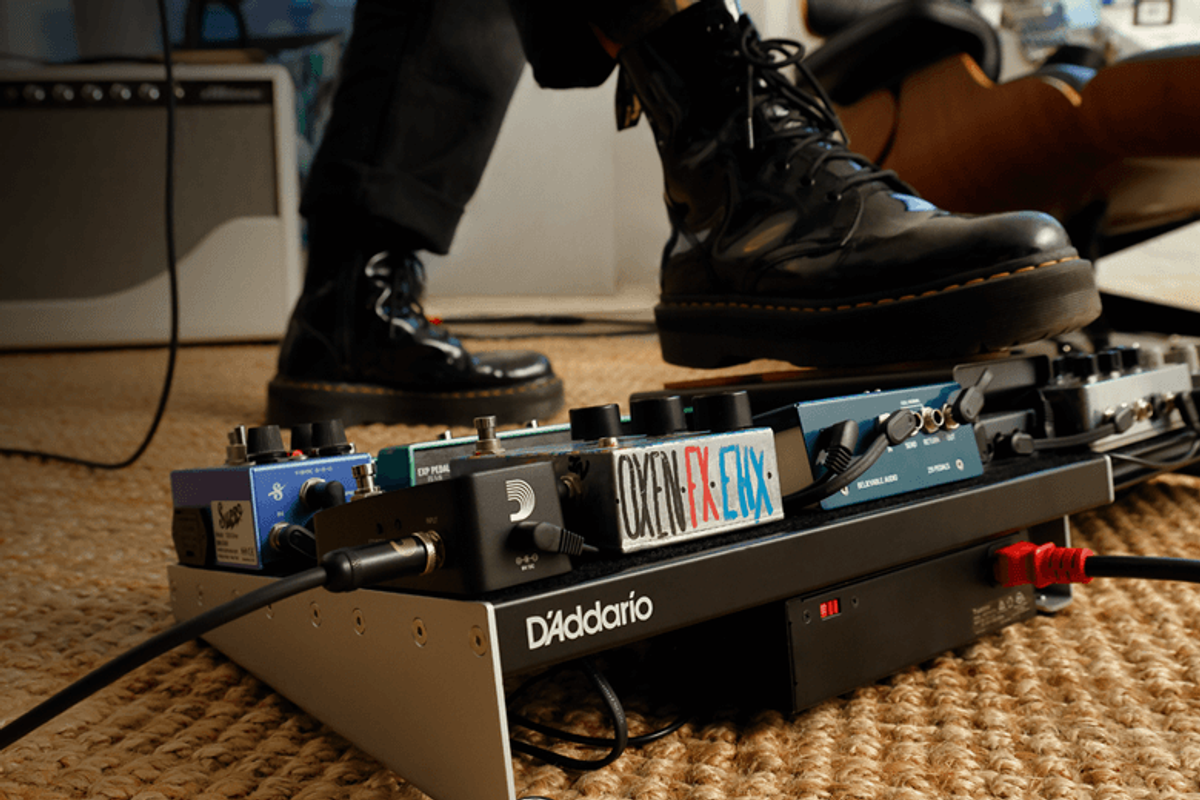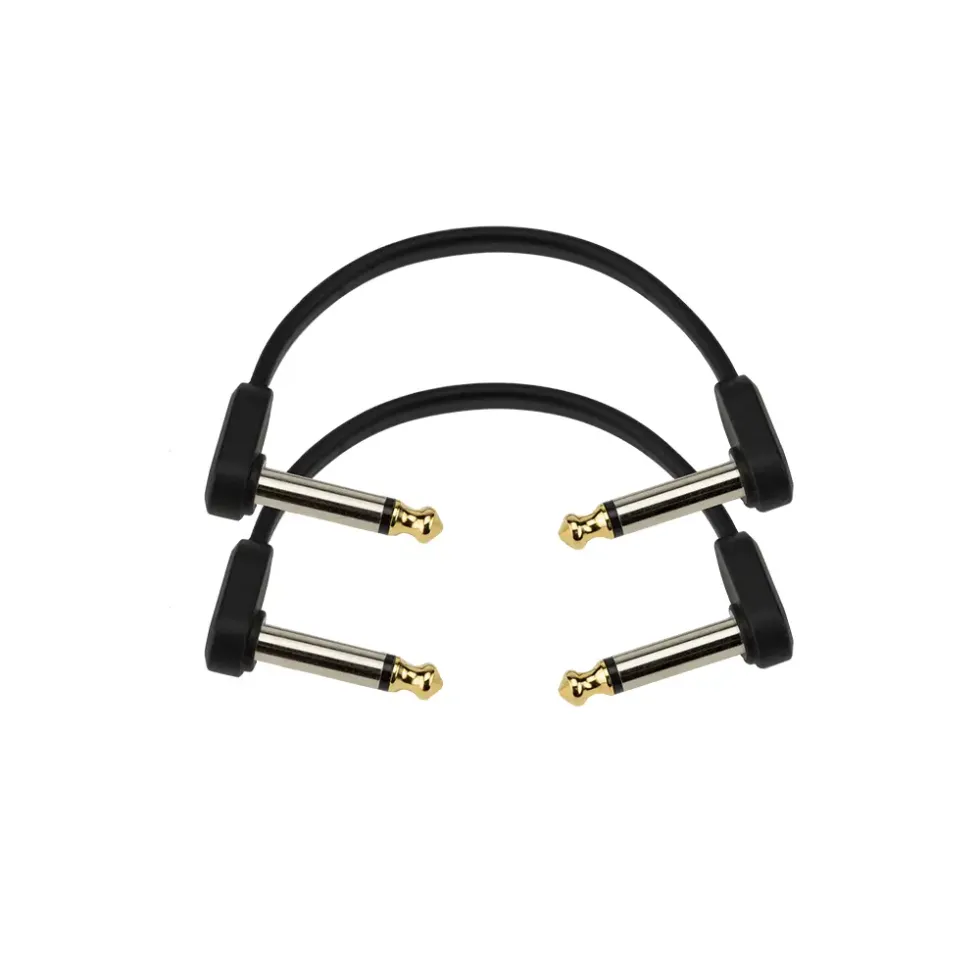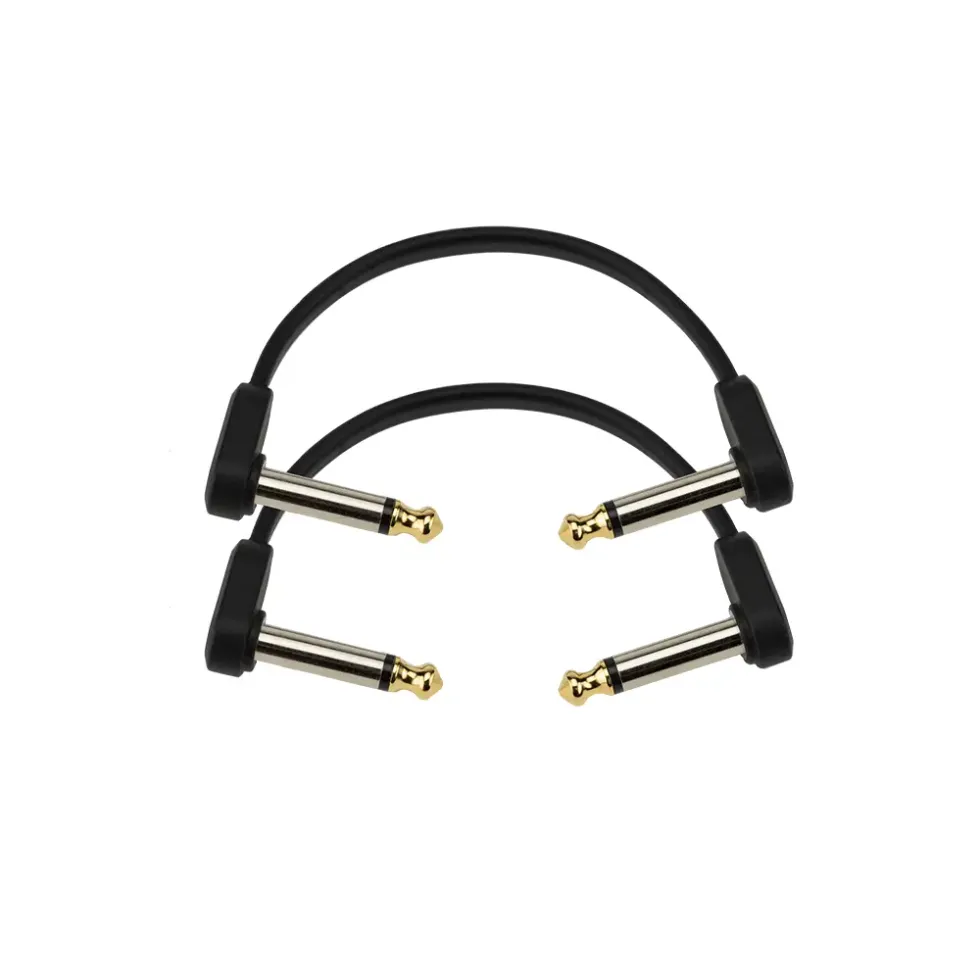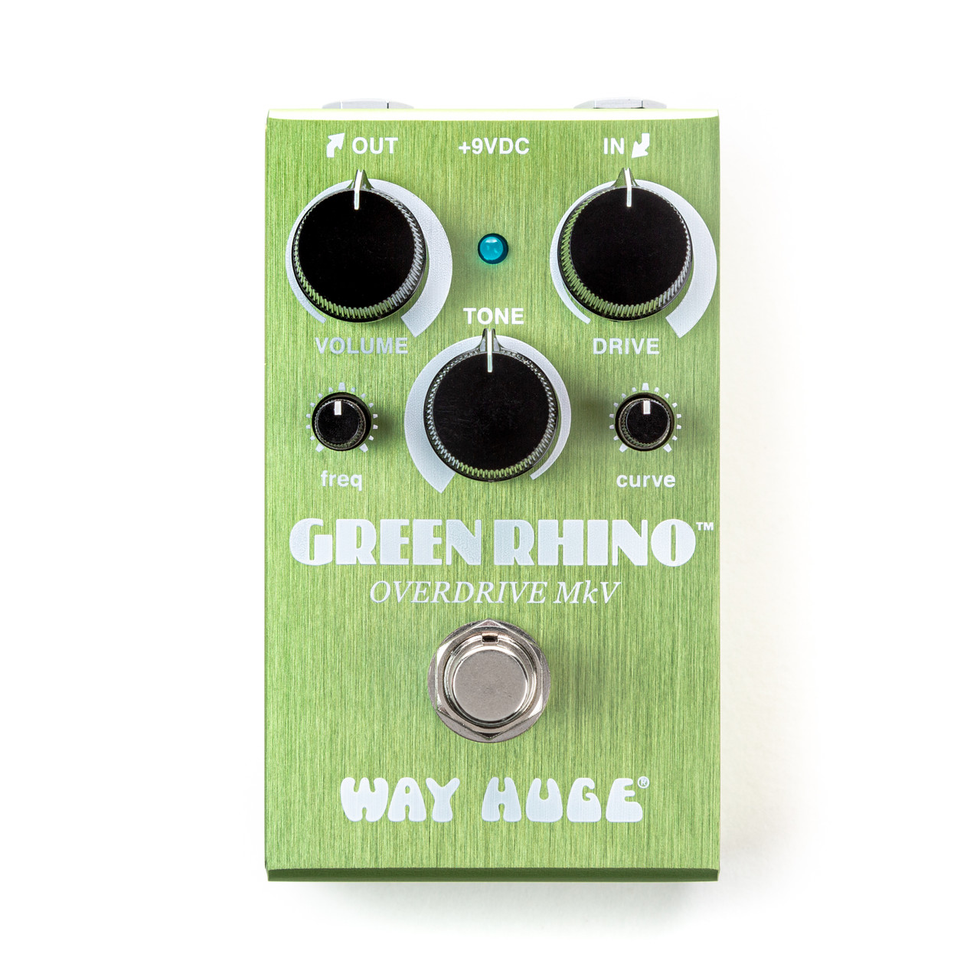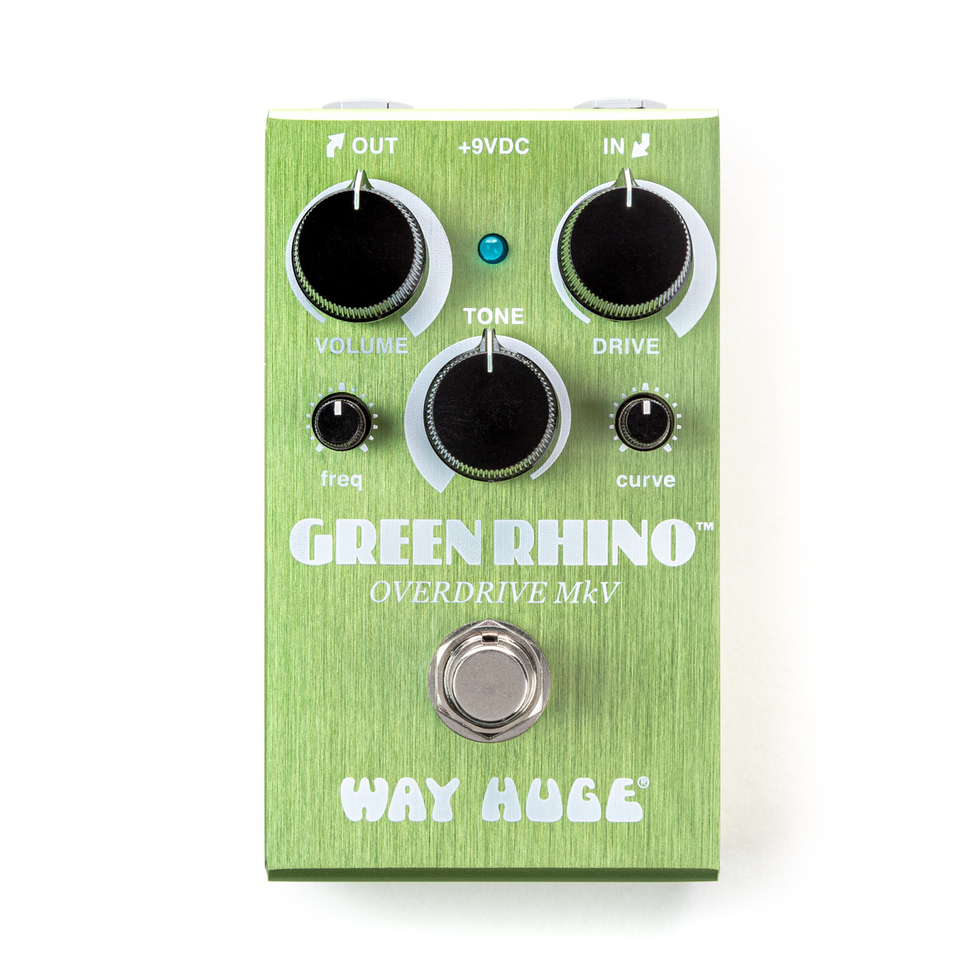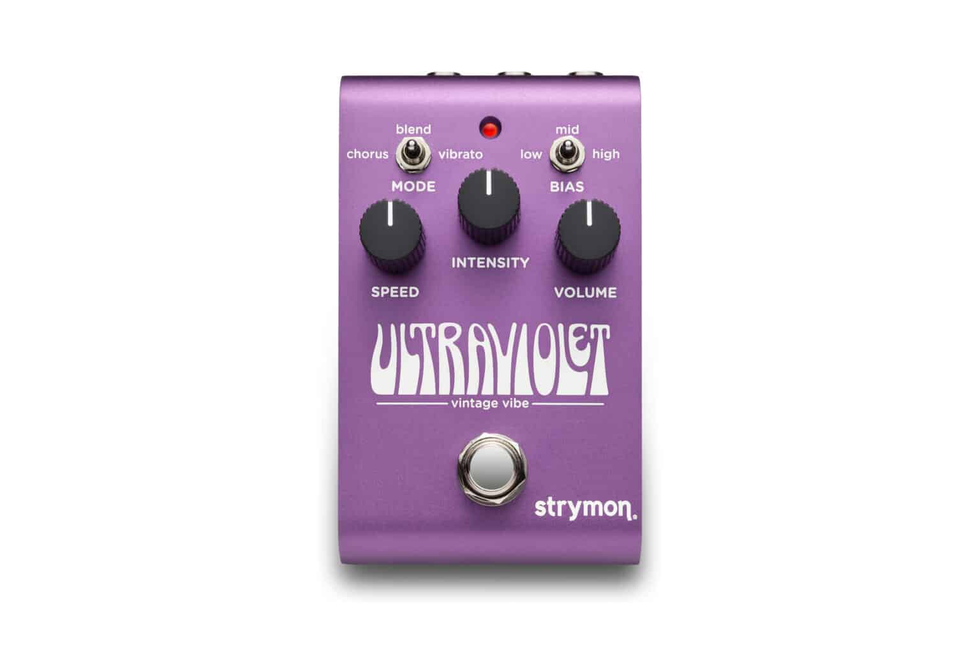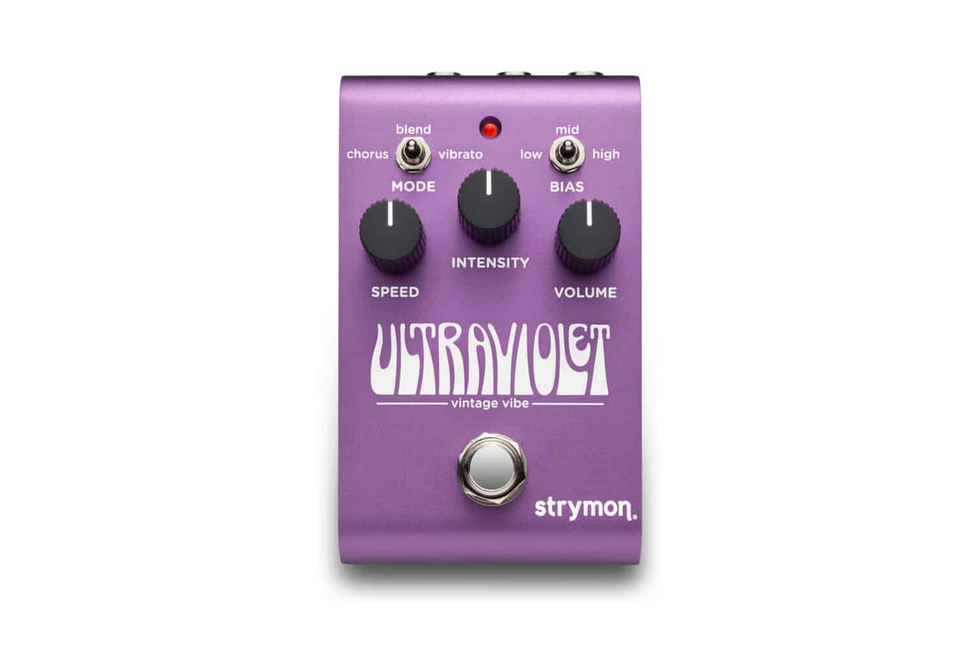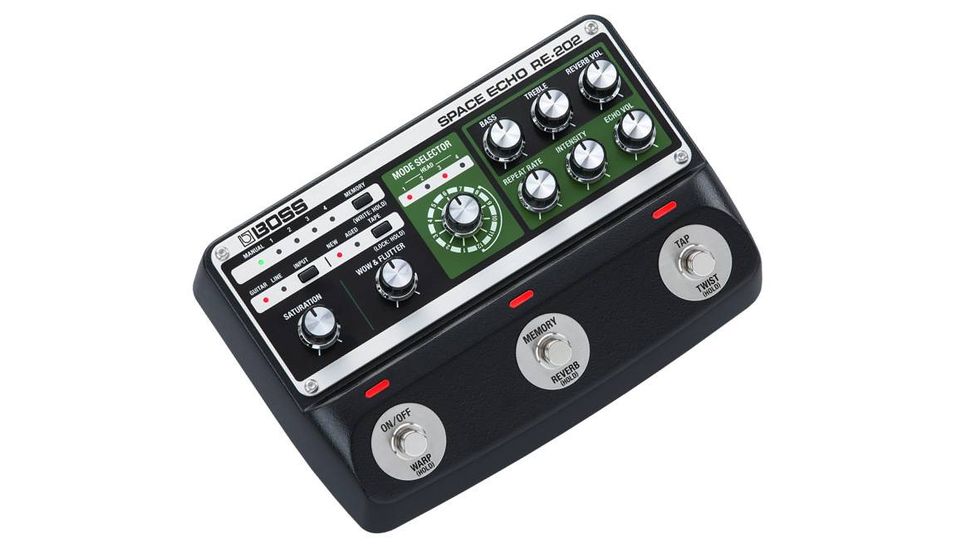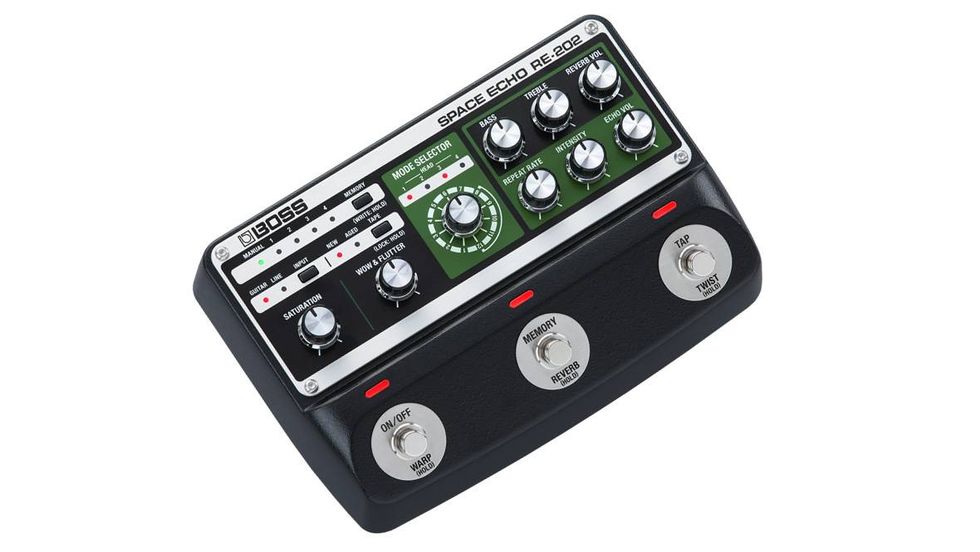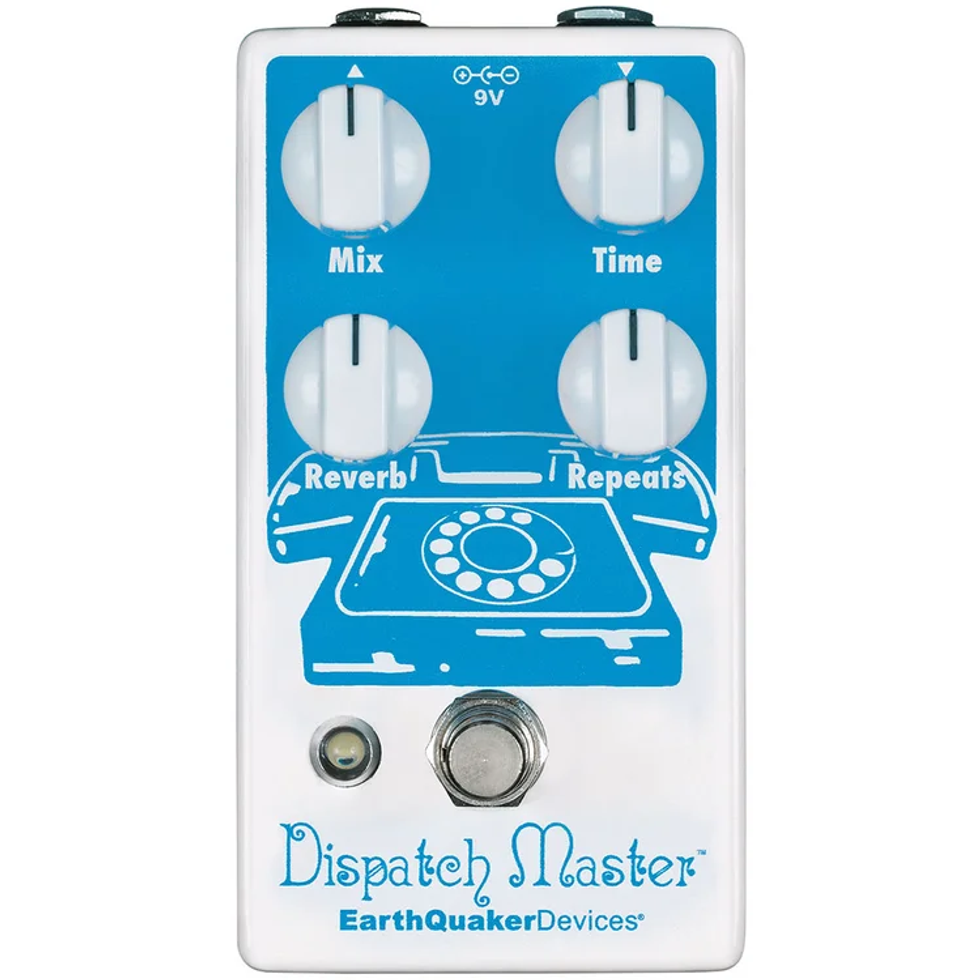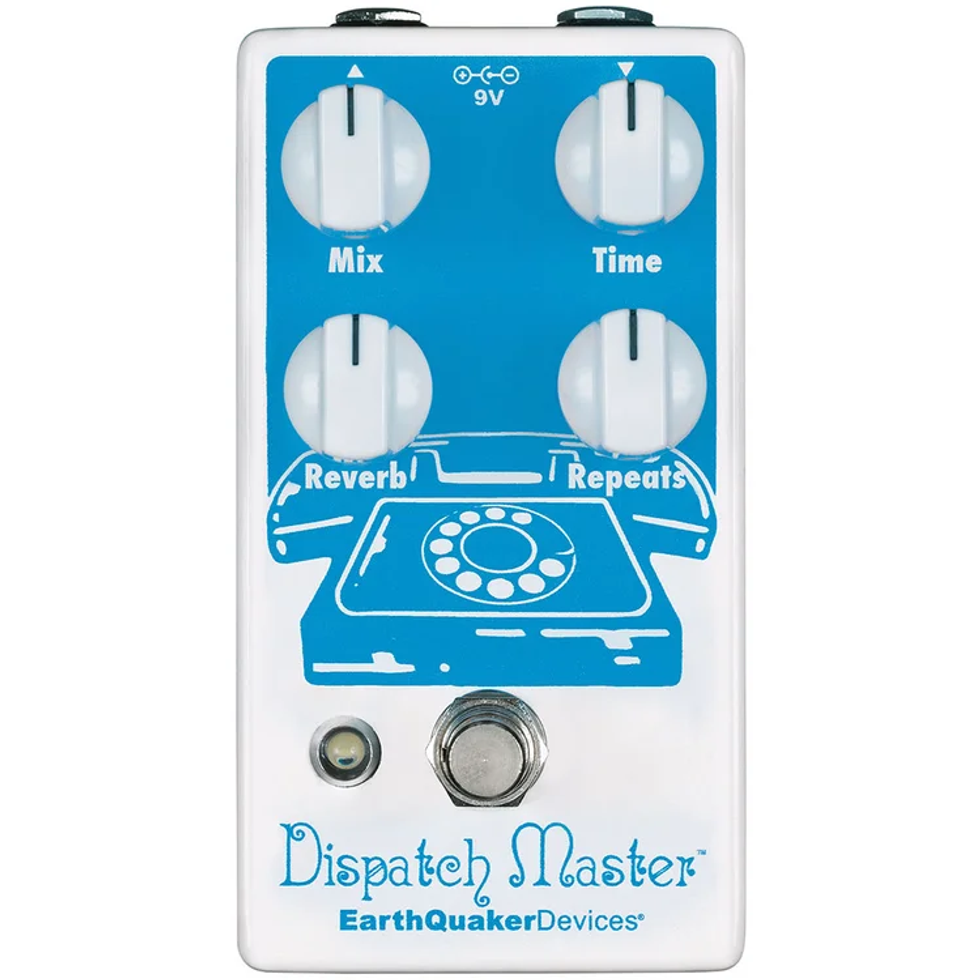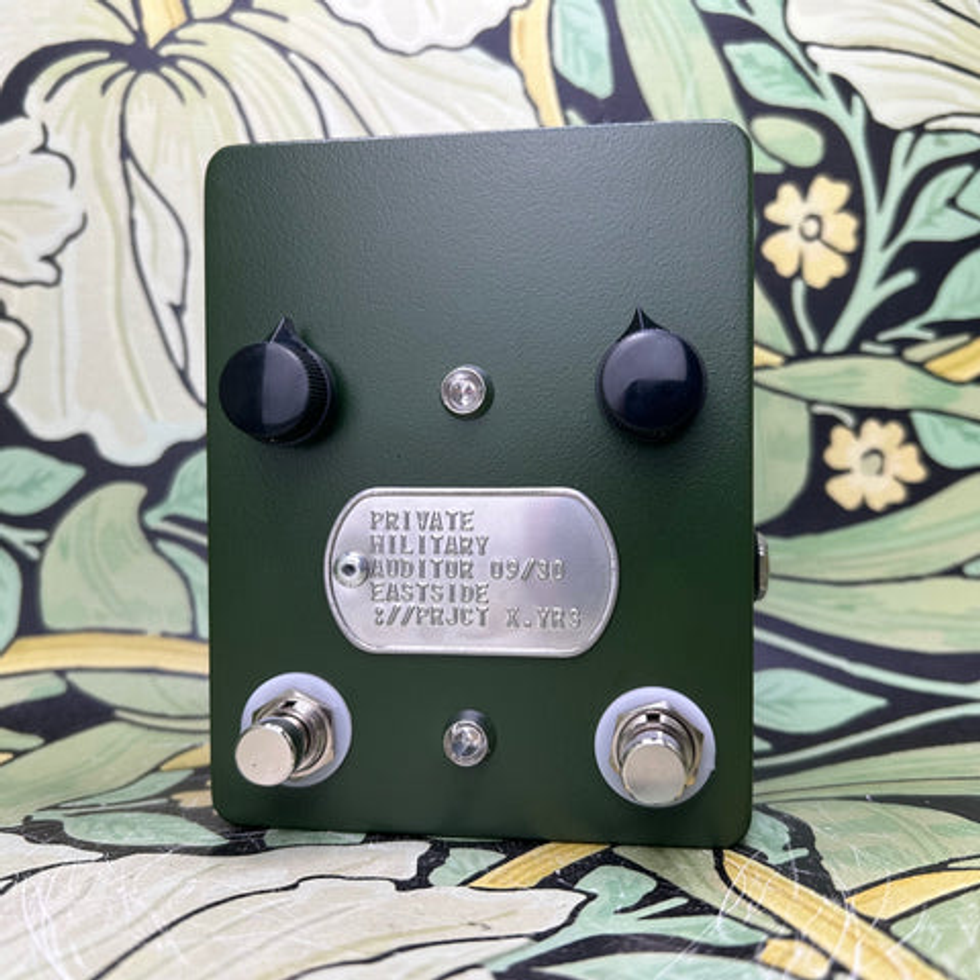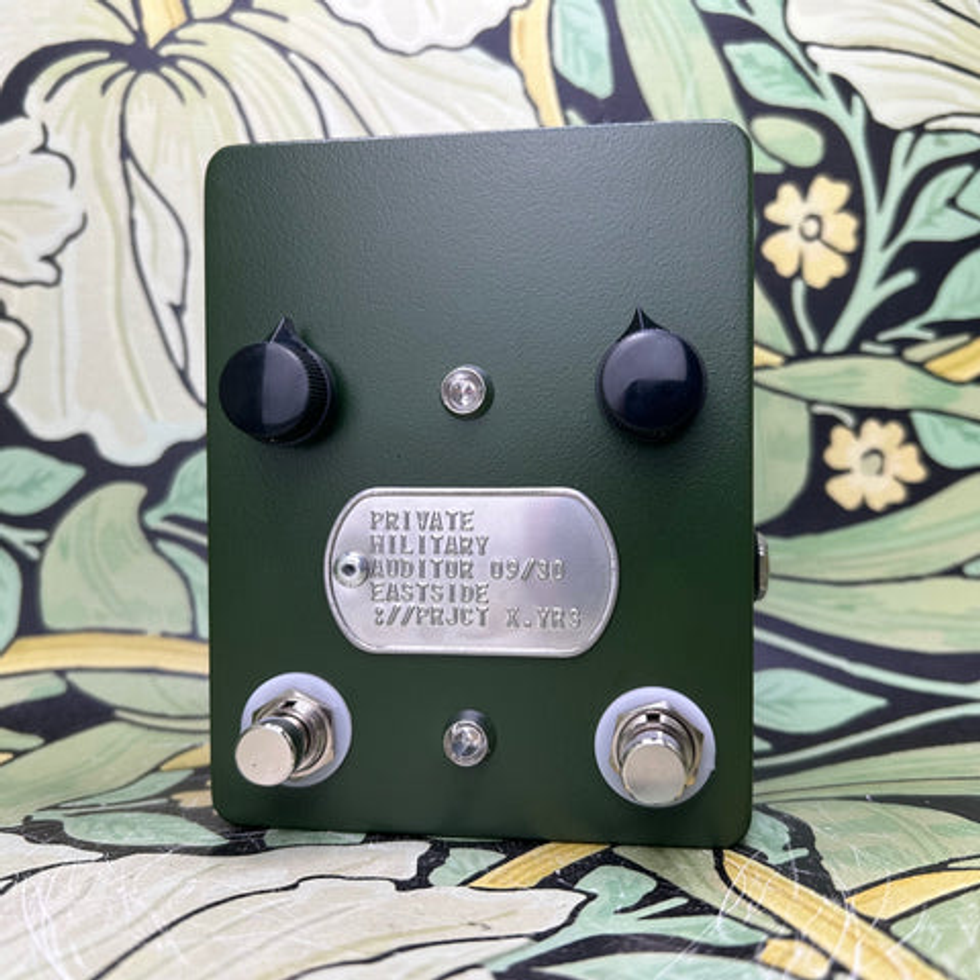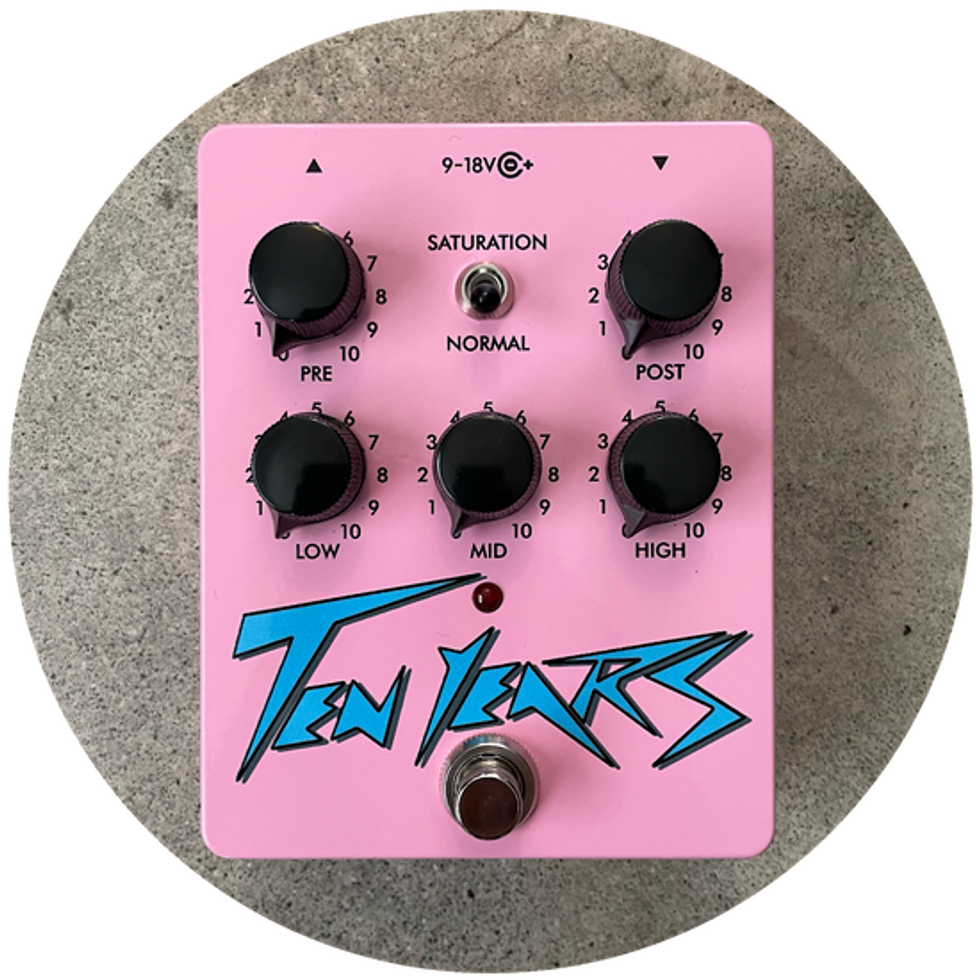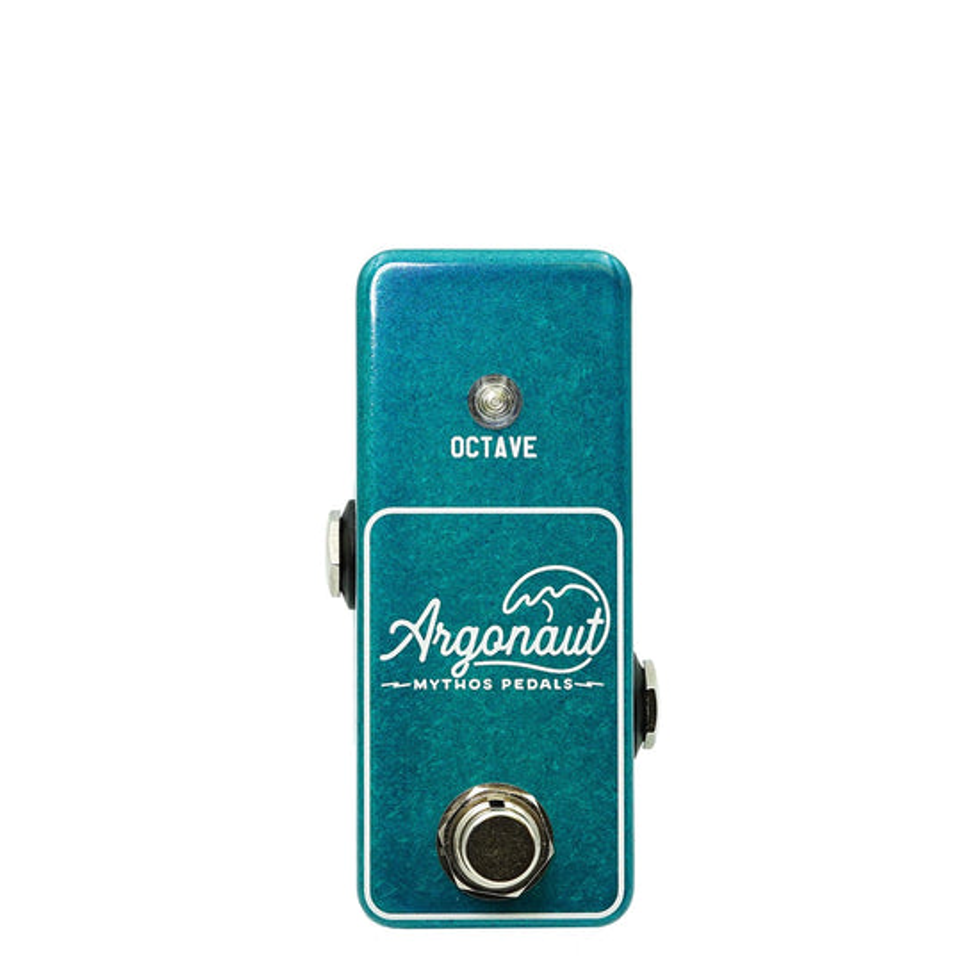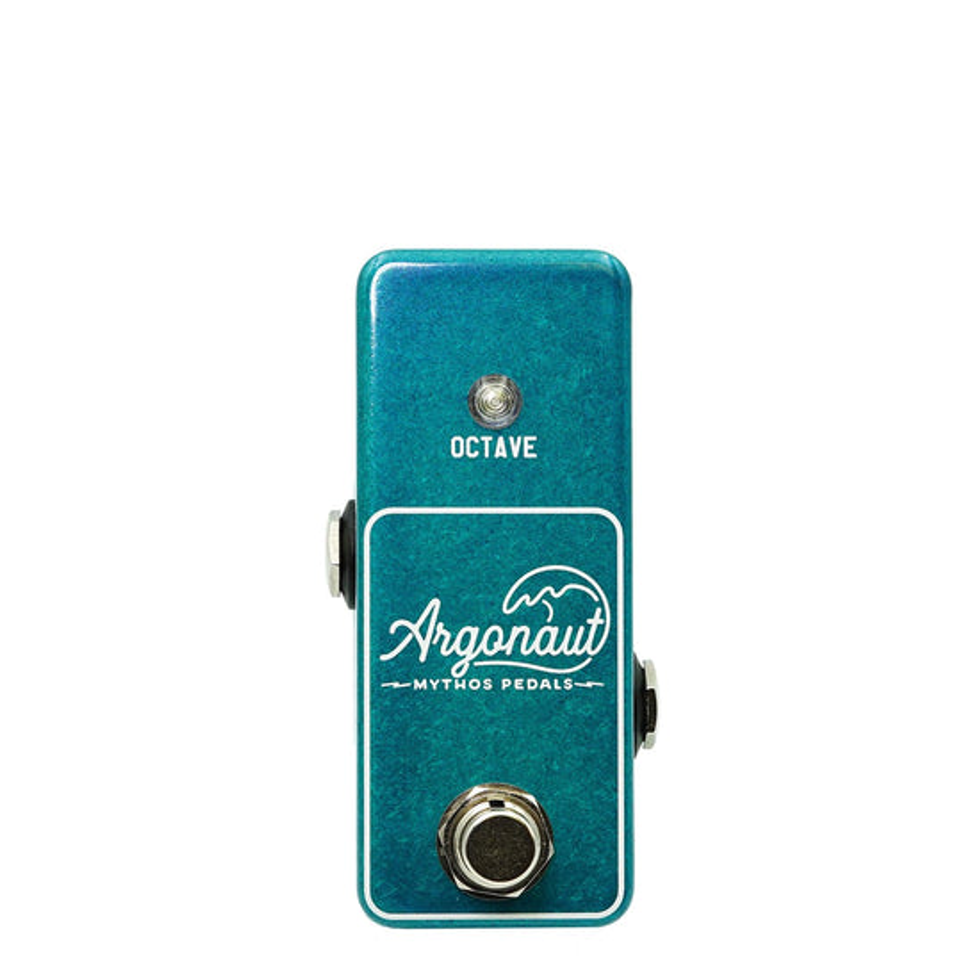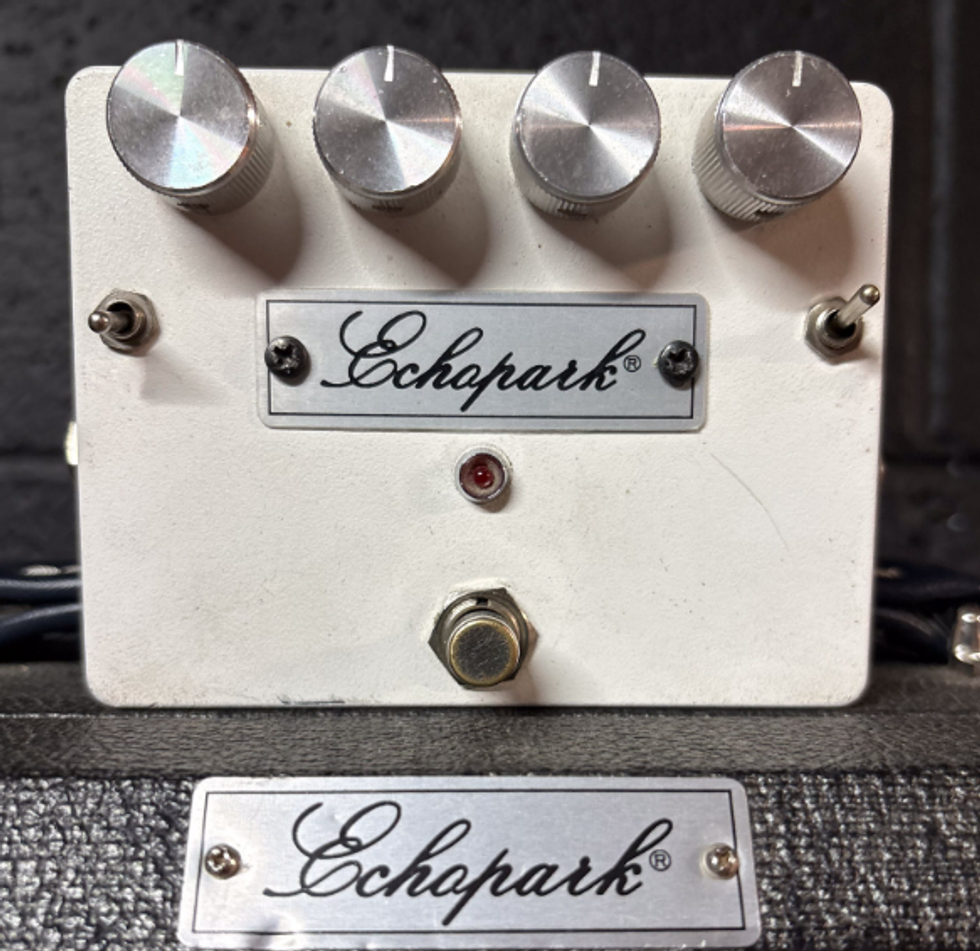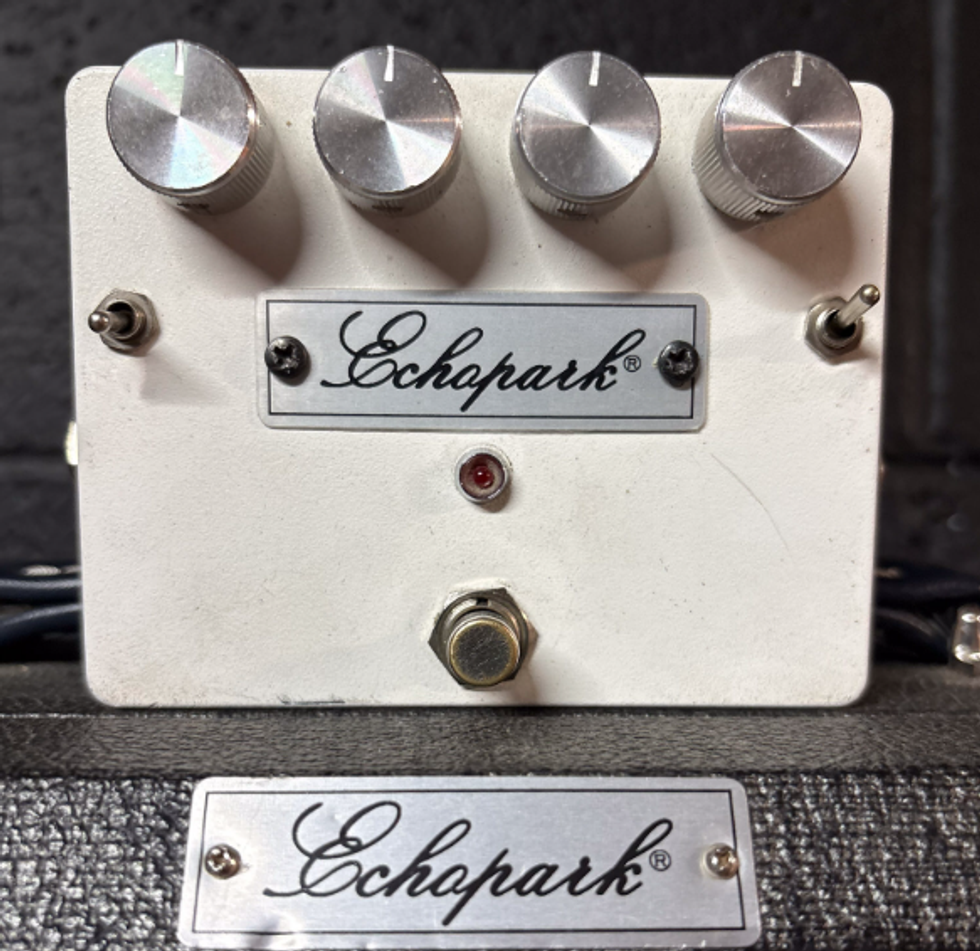 Chris Martin, CEO of Martin & Co., heads a company with the most celebrated history in the landscape of luthiery. We talked with him about his participation in the MusicWood Coalition and hit on other topics that we couldn''t fit in our print edition - like how the depletion of resources led to the creation of the D-35 and how today''s guitars might just be better than the prized vintage ones.
Chris Martin, CEO of Martin & Co., heads a company with the most celebrated history in the landscape of luthiery. We talked with him about his participation in the MusicWood Coalition and hit on other topics that we couldn''t fit in our print edition - like how the depletion of resources led to the creation of the D-35 and how today''s guitars might just be better than the prized vintage ones. Outside of the MusicWood Coalition, what other things are you involved with?
This probably goes back 15 years, we began to realize that the materials were getting scarcer and the price was going up. We took a closer look at what we were willing to accept and we kind of realized that we had painted ourselves into a corner with they way the wood looked.
One of the first things we did was expand the parameters within which we will accept wood that is supplied to us, based on the appearance of it. We had to do some education with our dealers and our customers and say, look, just because the wood has some character to it doesn''t mean that it''s defective. We still get customers saying, "Oh, I want the perfect looking piece of wood," in which case I say, "Well then you''d better buy a D-45, because that''s where we use the perfect wood." They''re very expensive, and they''re very rare, and then people get it.
We were also involved with the Forest Stewardship Council several years ago. We introduced a guitar where the back, sides and neck were made out of cherry and we were using some spruce that was reclaimed - it was part of a tree where most of it was used for a different purpose, and there was a section left over that couldn''t be made into lumber but made a fine guitar top. Unfortunately the FSC tightened up the requirements to be FSC certified, and we walked away. We continued to make the guitars, and put our own labels on them. We are now back in conversation with the FSC because they''ve realized that they can''t make their restriction so high that nobody can qualify to be certified.
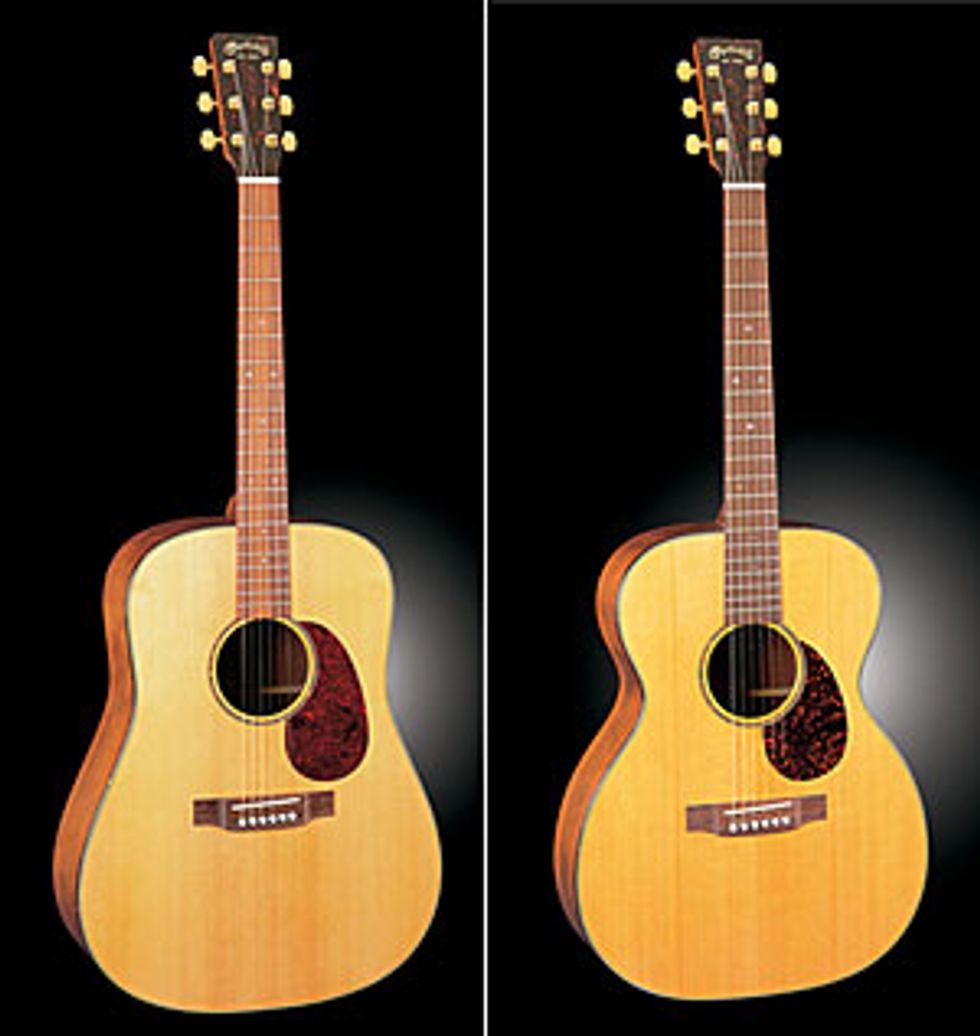
|
I''m not exactly sure; it was a couple years ago. I think they wanted us to be responsible for everybody in the supply chain. We can be responsible for the people that we buy the wood from, but we can''t guarantee the behavior of people three or four vendors removed. We are having a wood summit and all of our vendors are coming in and we''re going to talk to them about what they see in the short term and long term. We''re going to try to encourage all of them to become FSC certified.
The guitar made with the cherry and reclaimed spruce, is that the SW model? How has the response been?
Yes. It was slow initially, particularly from the dealers. They are used to selling very traditional guitars made from very traditional materials, and we actually had to put in our dealer agreement that if you were going to be a Martin dealer, you were going to buy one of these. They were not doing it voluntarily; it was kind of a shame. I think now there''s more talk about global warming, and just how small the world is, and people are becoming more open-minded about what a guitar can be made of.
How do you help your customers transition to different woods than they''re used to?
We show the guitars at trade shows, we do press releases, we talk about it - the fact that you''re writing this article is going to make the consumer and the player more aware of these alternatives. Sometimes they have to go in a music store and look for this guitar. You go into a music store today, most of the guitars are still going to be made of rosewood and mahogany. You really have to pick and choose and say, "What''s that one?" The one thing we''re happy with is the sound. We wouldn''t use a wood that didn''t sound good. We''re not compromising on the sound, they just look a little different.
How do man-made alternatives, like laminates or micarta compare tonally?
They are very durable. They have a good sound initially, but they don''t have the rich overtones. That''s the first thing you''ll notice - the sound decays a lot faster. Some of these, particularly the exotic hardwoods, they can just ring forever.
The DM essentially started the whole laminate movement, and those are phenomenal sounding guitars. Do you think that laminates will ever get to the point of being able to have that extra harmonic push that the solid woods have?
Solid rosewood back and sides probably make the best sounding guitar on earth, and anything we do may come close, but I haven''t come across a wood that is better. If you''re going to try and recreate that sound, you''ll have to start looking at some of the other aspects of building a guitar - the design, the internal construction, and the bracing - to counteract some of the deficiencies in the materials.
How does the situation with Sitka spruce compare to what you guys experienced with the Adirondack spruce?
Well there was more Sitka spruce than there was Adirondack. What happened with Adirondack spruce was that it all got cut down for whatever purpose, because everybody thought that, "Oh, there''s more, over the next mountain there''s more." Then you go over the next mountain and suddenly you''re back where you started.
I think my generation of guitar builders is experiencing what my grandfather experienced with Adirondack spruce - the difference is there''s no other mountain to cross. I can''t say to my daughter, "When you grow up there will be plenty of trees in Russia." Maybe there will, maybe there won''t. I''ve often said that I don''t want to be the person who cuts the last tree down; I don''t want to be known as that guy.
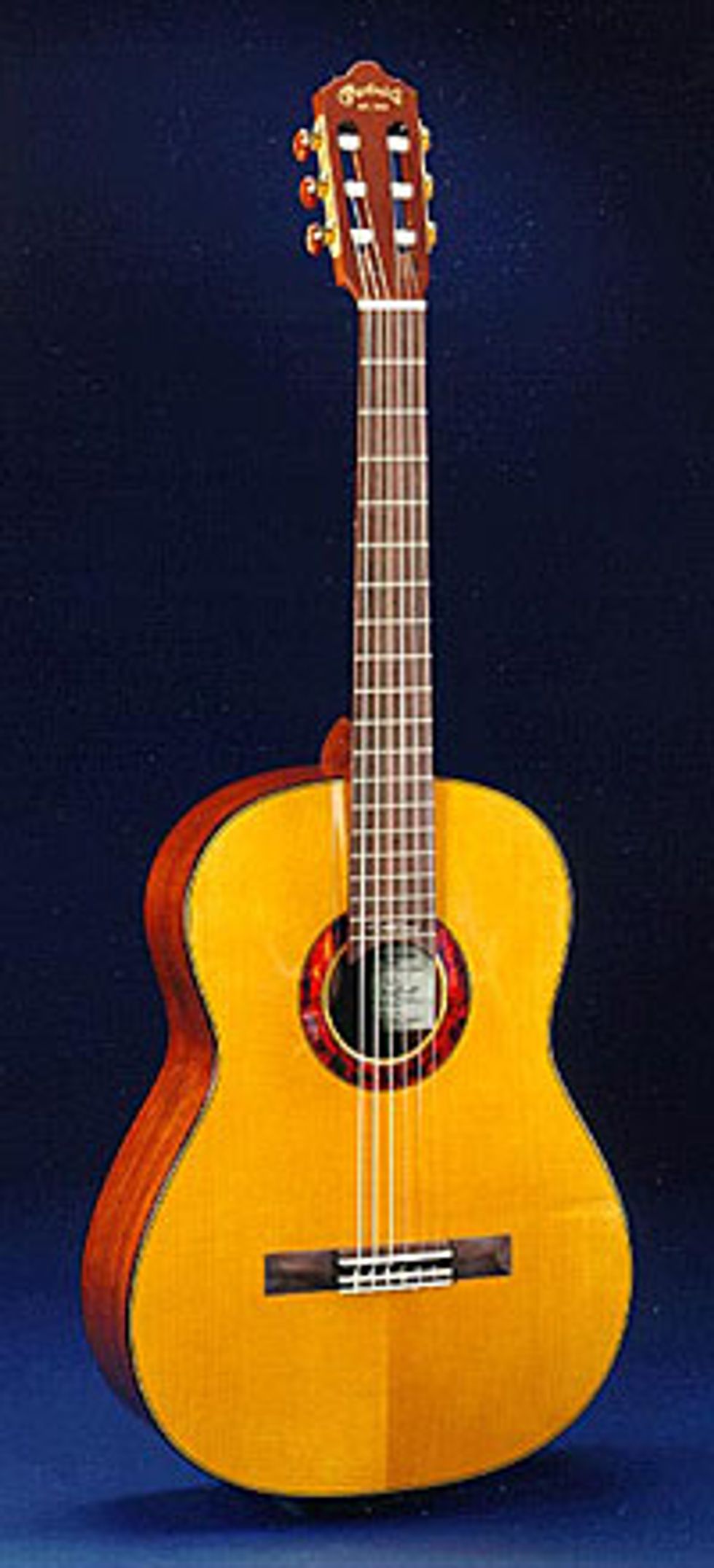 Adirondack spruce seems to be coming back into the market lately.
Adirondack spruce seems to be coming back into the market lately. Yeah, it''s hard to get, but the good thing that has happened is that the people who are harvesting the wood know what guitar builders want. When my ancestors bought wood, they basically just bought it from people who cut wood for whatever purpose. Now, people are harvesting wood for guitar builders, so we''re getting a better yield.
Some people will argue that the best acoustic guitars are being made today - a lot of the guitars that you are making and that the other companies are making hold up well against stuff from the pre-war golden era.
Well, I think the customers are more discerning. Even cheap Chinese guitars now, by and large, are pretty acceptable; nobody can sell junk anymore. Now, if a father or a mother who plays the guitar goes into the music shop with a son or a daughter, they''re not going to be conned into buying something that doesn''t function.
Everybody''s had to improve, and I''ll give credit to Bob Taylor because he pointed out that you can make an acoustic guitar play more like an electric guitar, and that was something that we weren''t really conscious of, so that''s improved the ability of the guitar to function. And remember, with a lot of those old guitars, only the good ones survived. The bad ones are gone.
Spruce has to be at least 250 years old for the appropriate tone, which makes replanting a non-feasible solution for quite some time. Do other woods have a similar age requirement?
Yeah, pretty much. One of the things that happened when my father was running the business - when they were running out of Brazilian rosewood - was that someone out in the plant discovered that we had pieces of Brazilian Rosewood in the plant with defects. They realized that if they used three pieces in the back instead of two, they could use the pieces with the defect around the edge. There is a case where you can make the back of the guitar out of more than two pieces, and use smaller pieces.
Is that how the D-35 was born?
That is how the D-35 was born. It came into being because we were running out of rosewood and it was an economy move. You''re probably going to see guitars with four-piece backs or four-piece tops. We''re going to have to educate people, and say, "Hey, it''s still wood." We''ve always glued them together - we''re just gluing more pieces together.
How do you get people to realize that it''s about changing, not about buying up the last remaining Brazilian rosewood guitars?
Well, we will continue to raise the price, because we have to, on the exotic hardwoods, just because the costs that we''re incurring are going up. We''ll keep showing them, we''ll keep talking about it, and you''ll keep writing articles; it''s inevitable, it''s just a question of whether we are going to get it before it''s too late or not.
Do you think that teaming up with your competitors helps draw attention to the issues?
It certainly should. This is a pretty collegial business. We share information and we visit each others'' factories. There are guitar making conventions where those of us that make guitars meet other guitar makers and we just talk about guitar making. As competitive as it is, it is a very friendly business.












![Rig Rundown: AFI [2025]](https://www.premierguitar.com/media-library/youtube.jpg?id=62064741&width=1245&height=700&quality=70&coordinates=0%2C0%2C0%2C0)












 Shop Scott's Rig
Shop Scott's Rig

